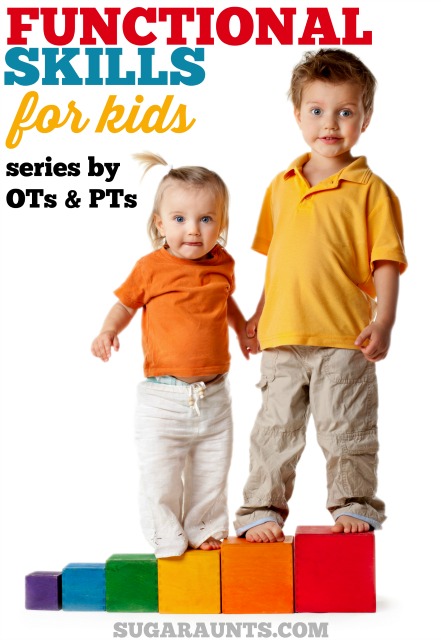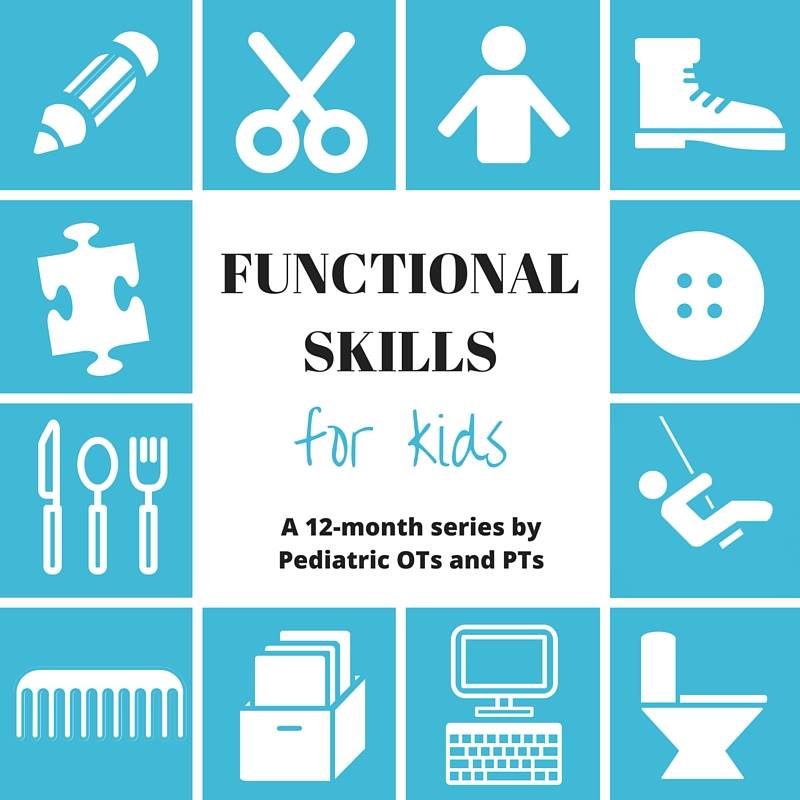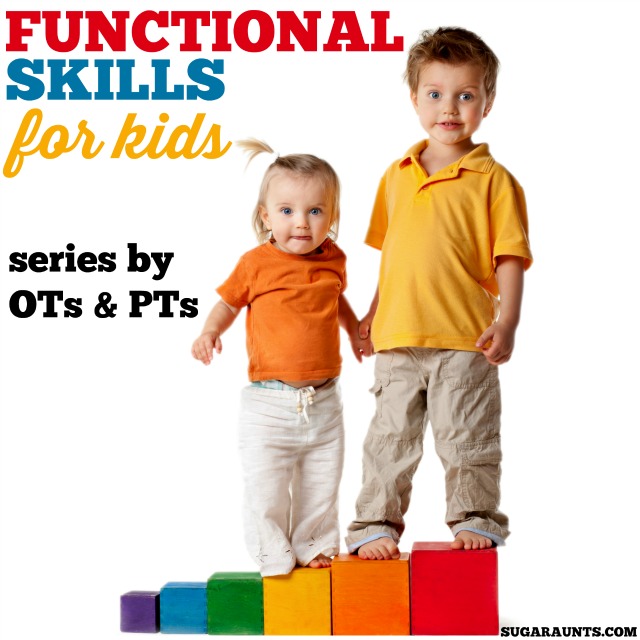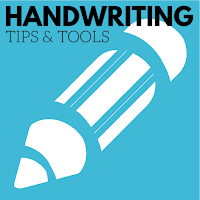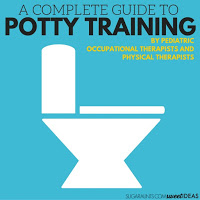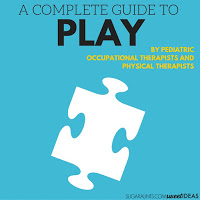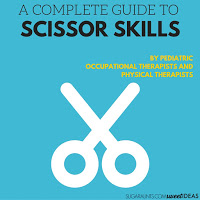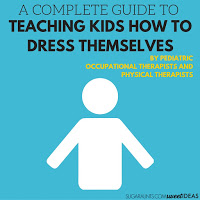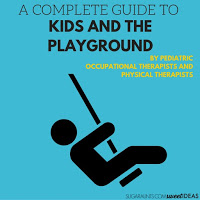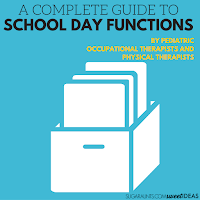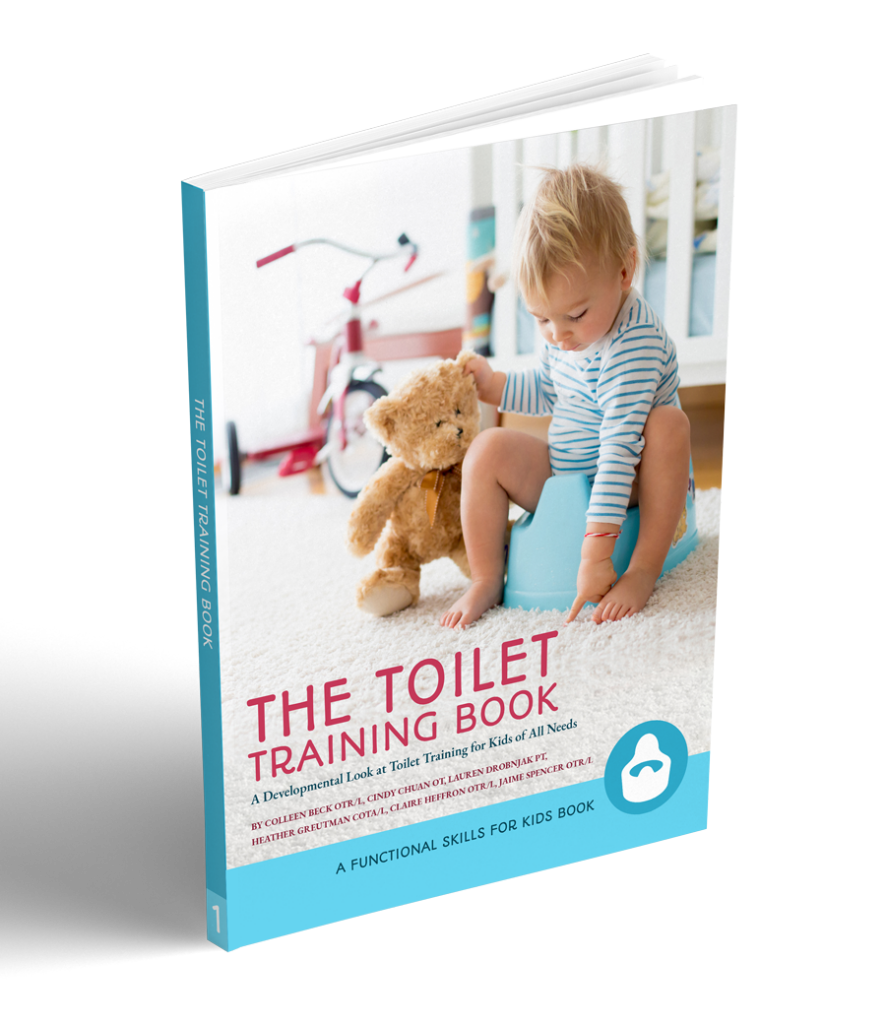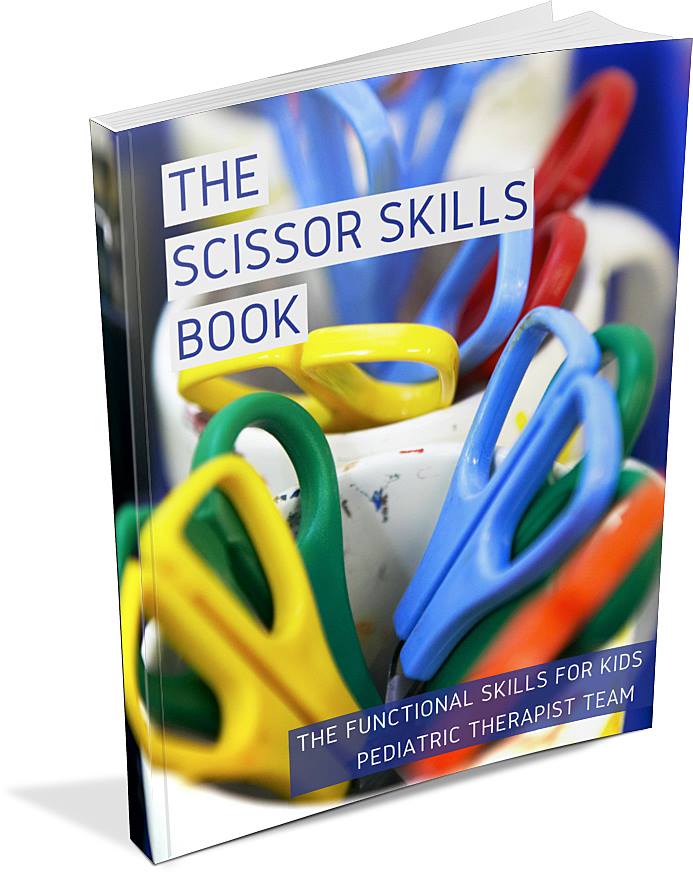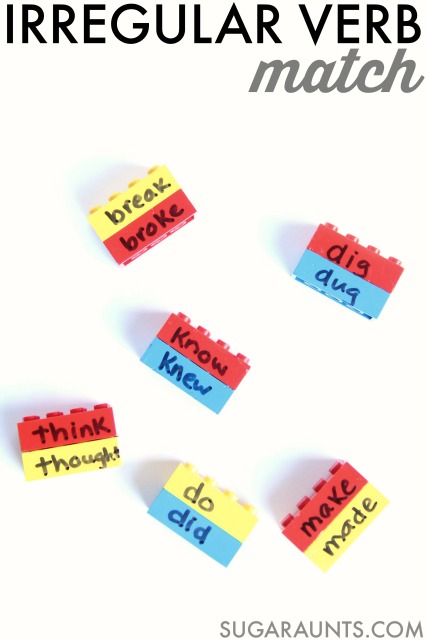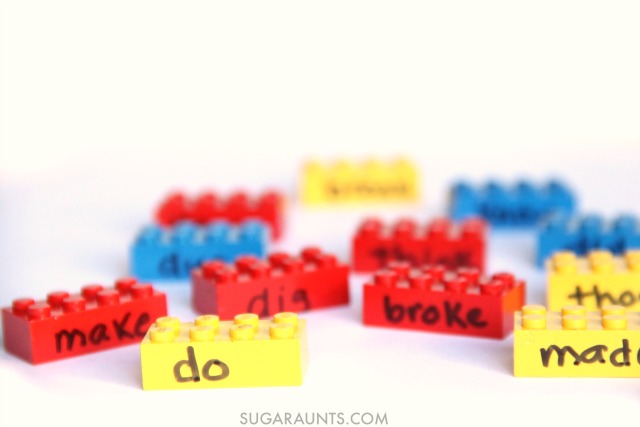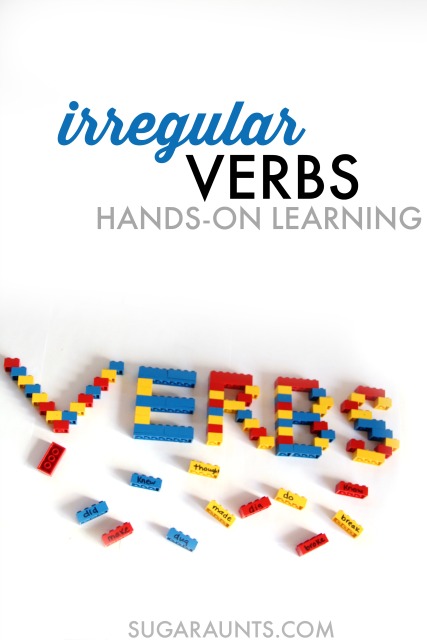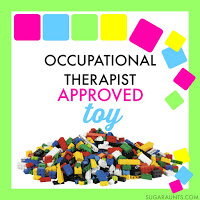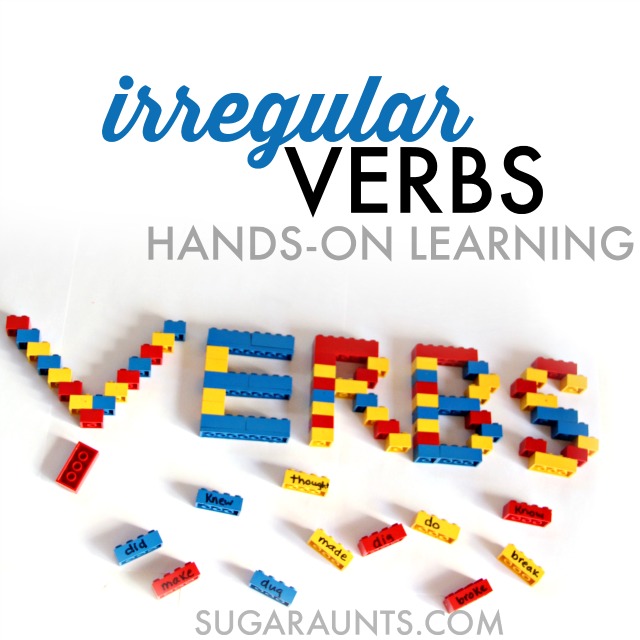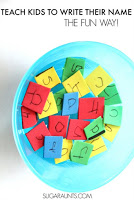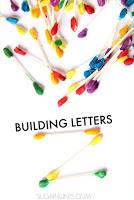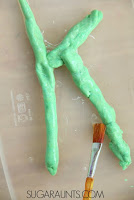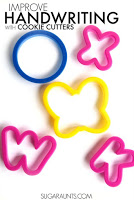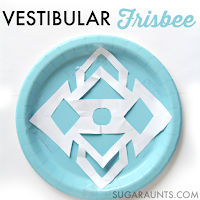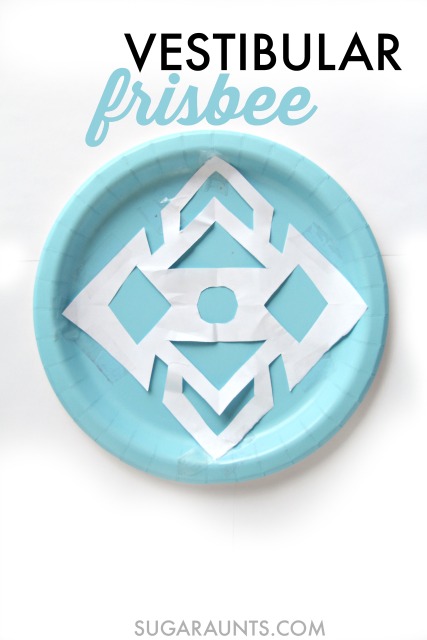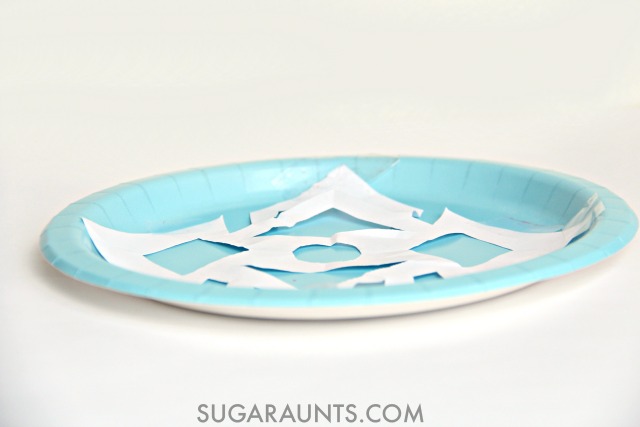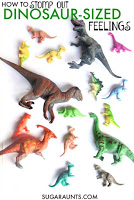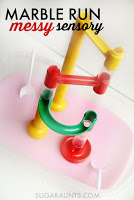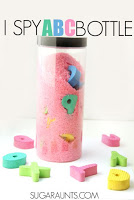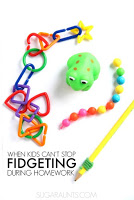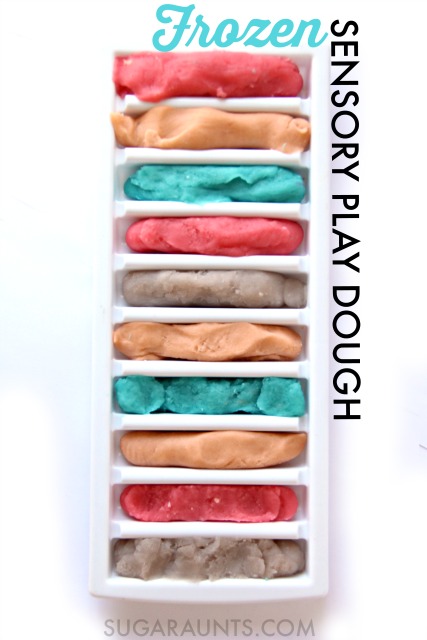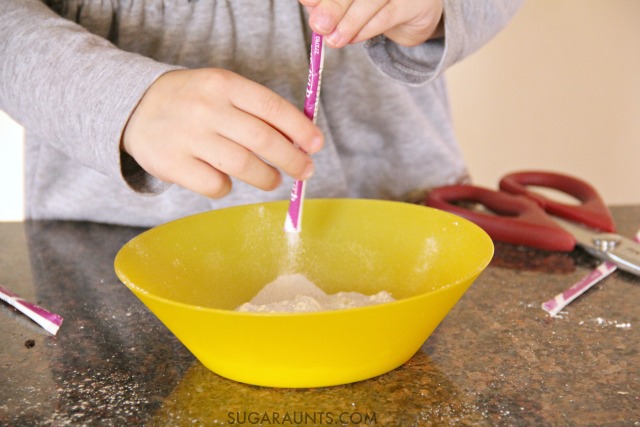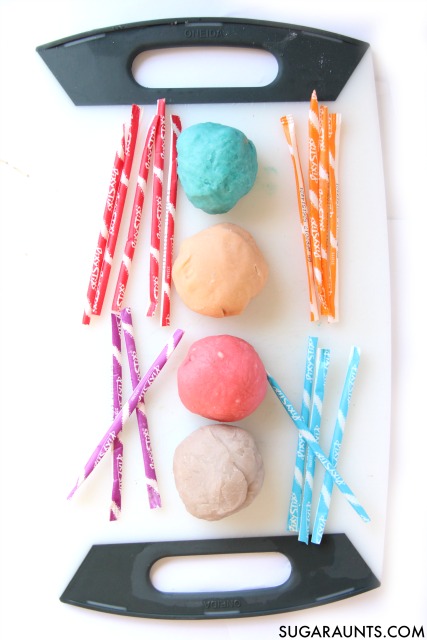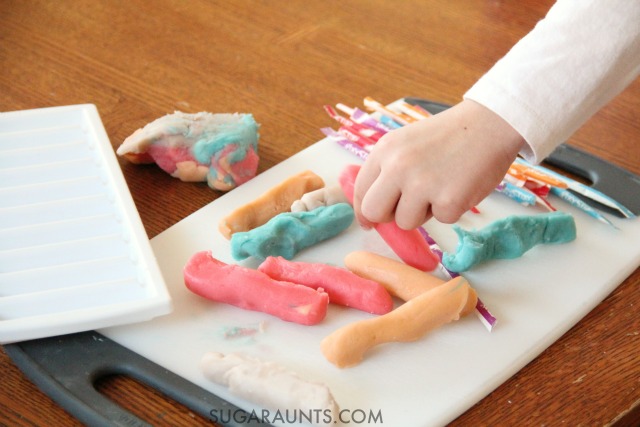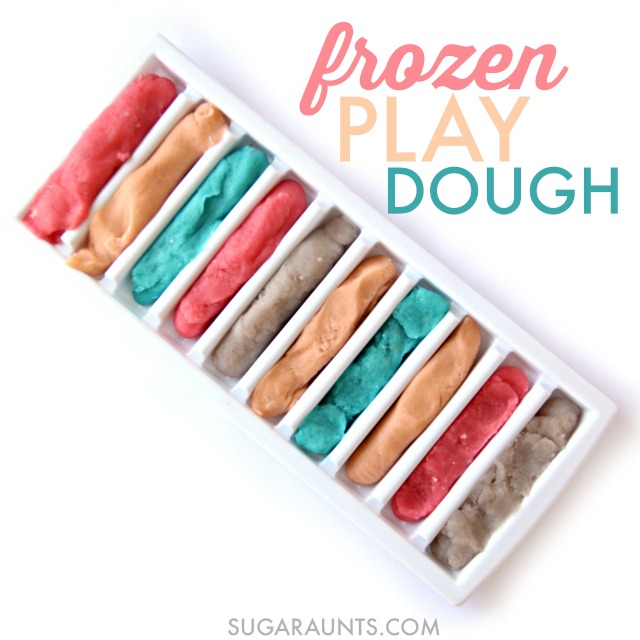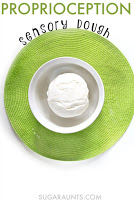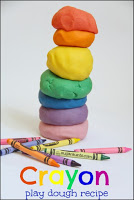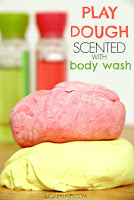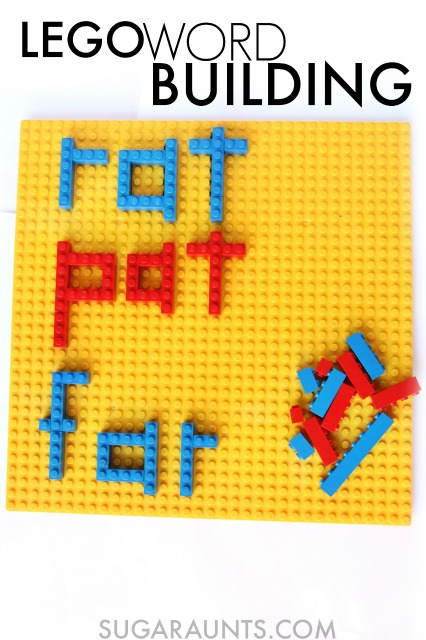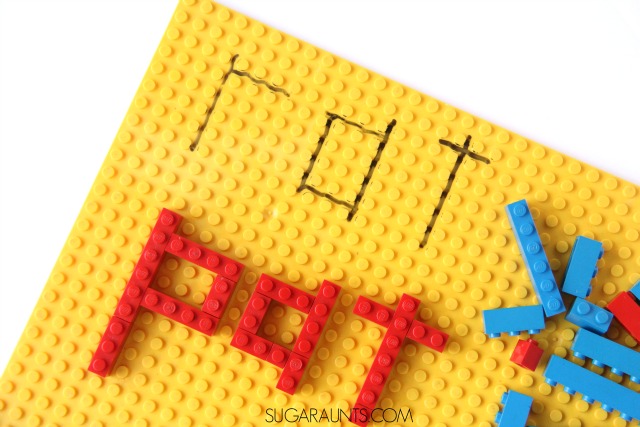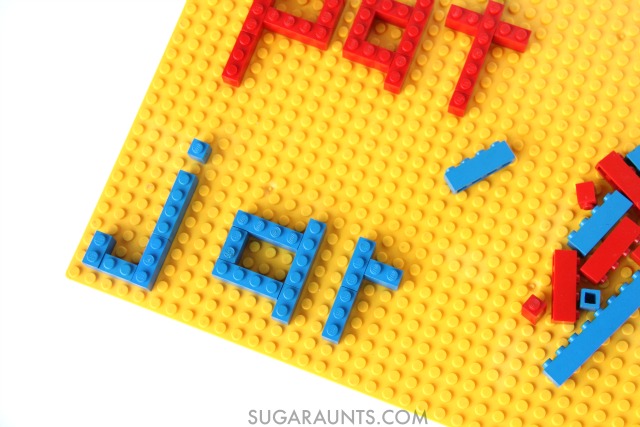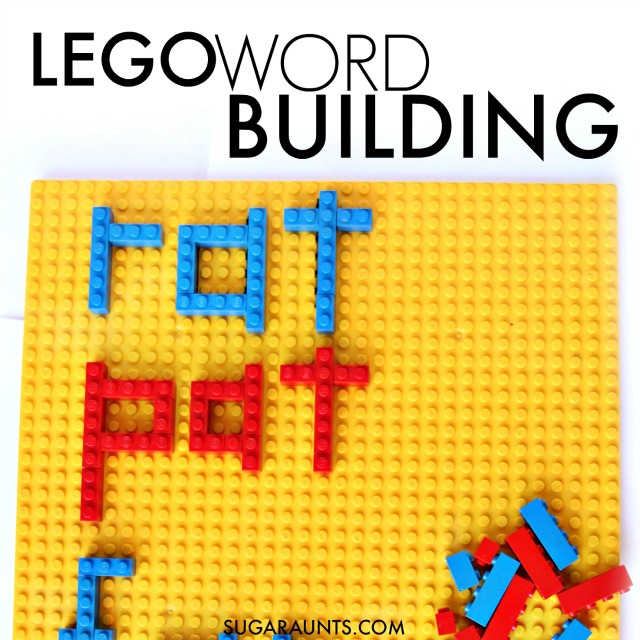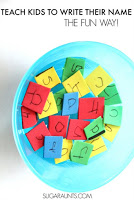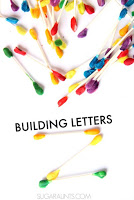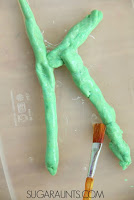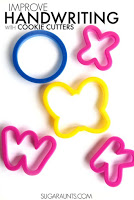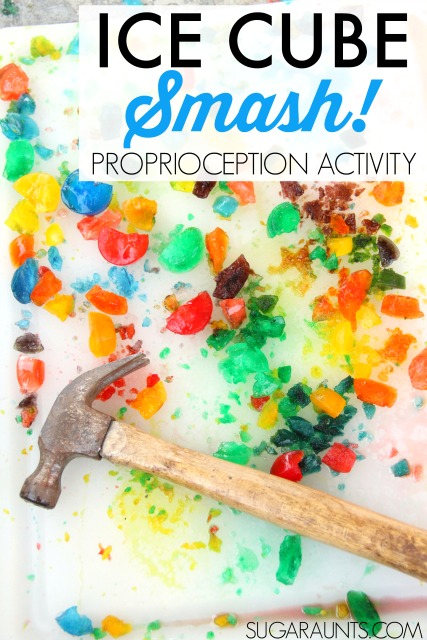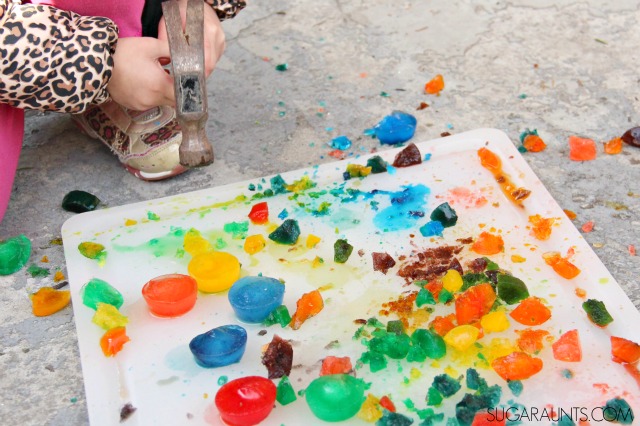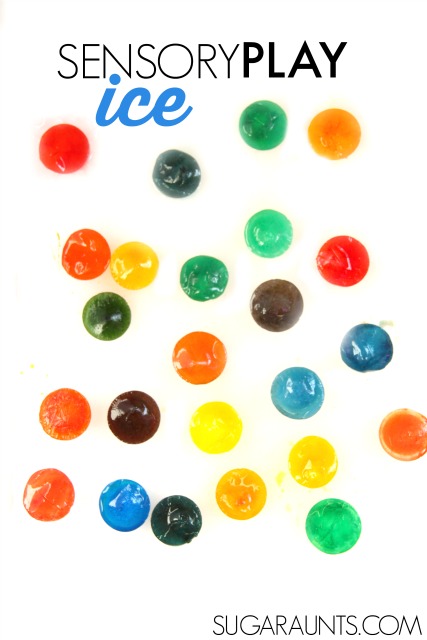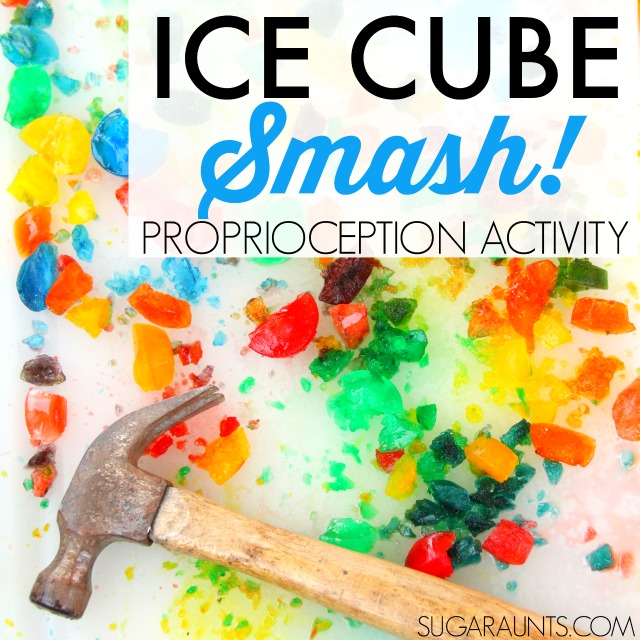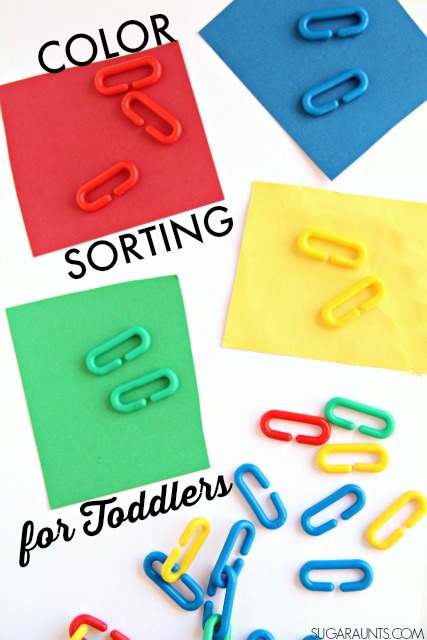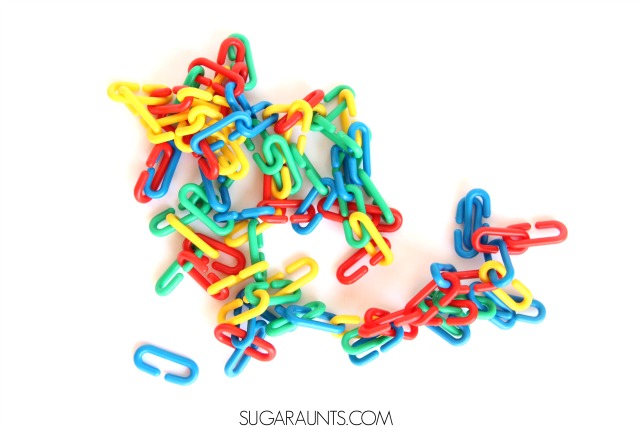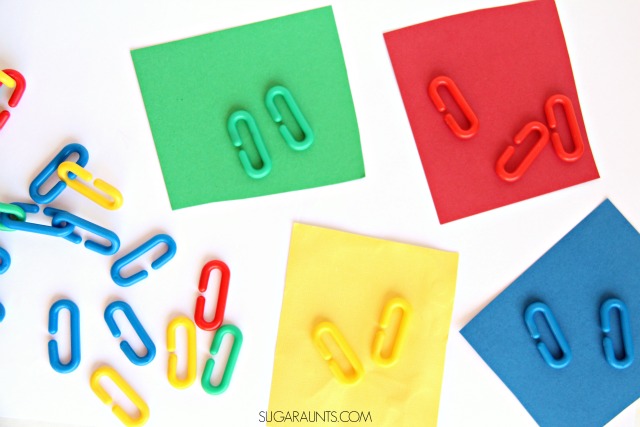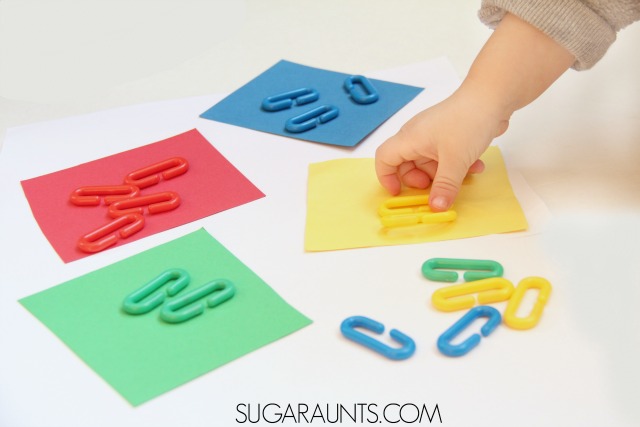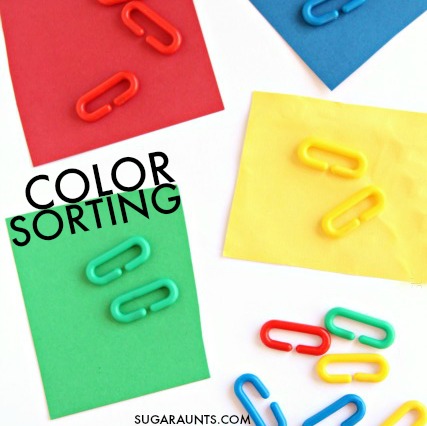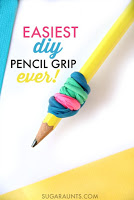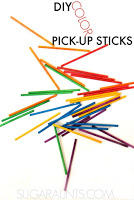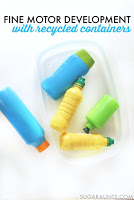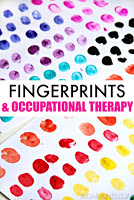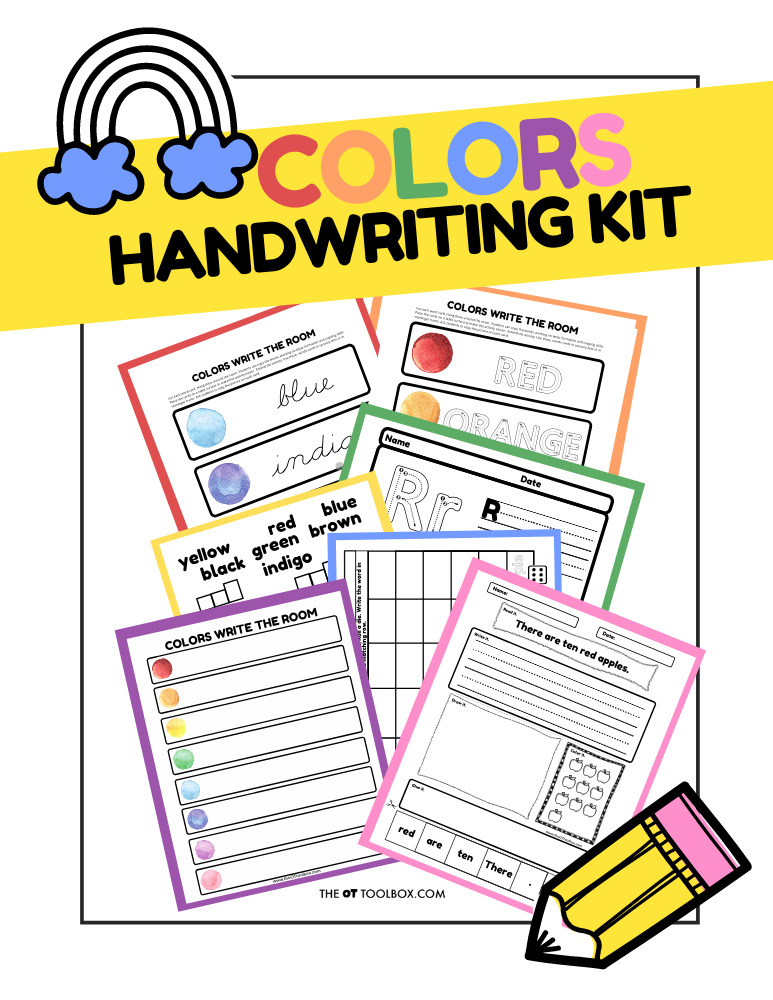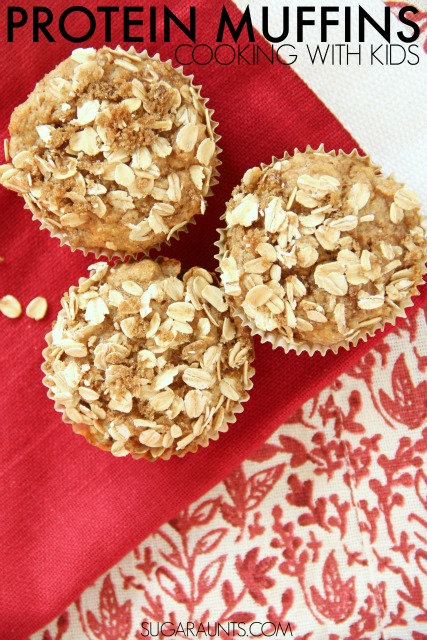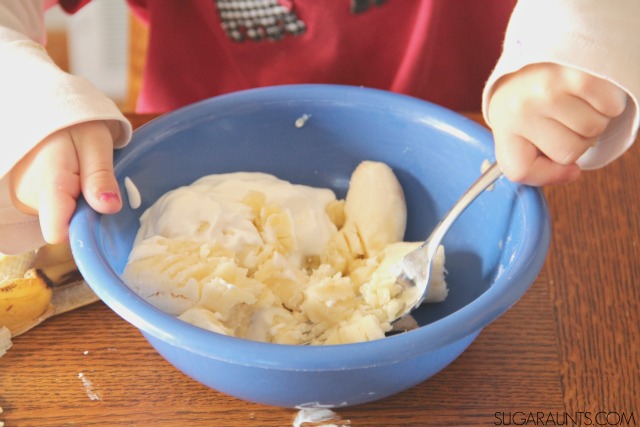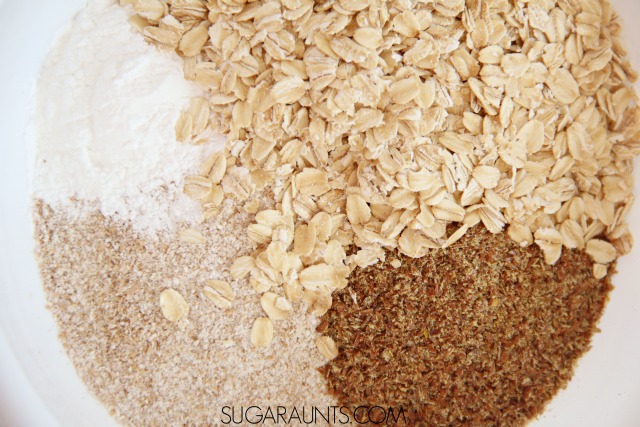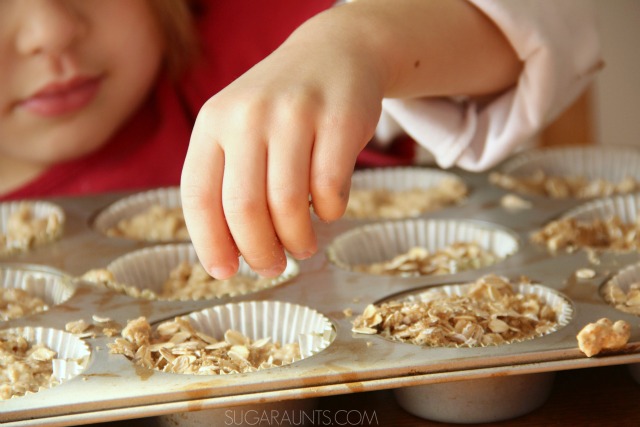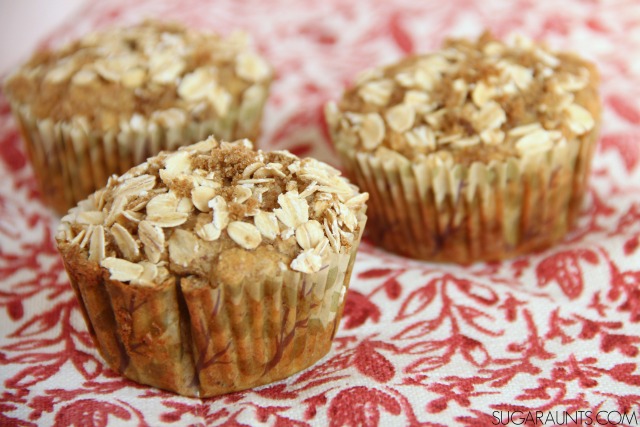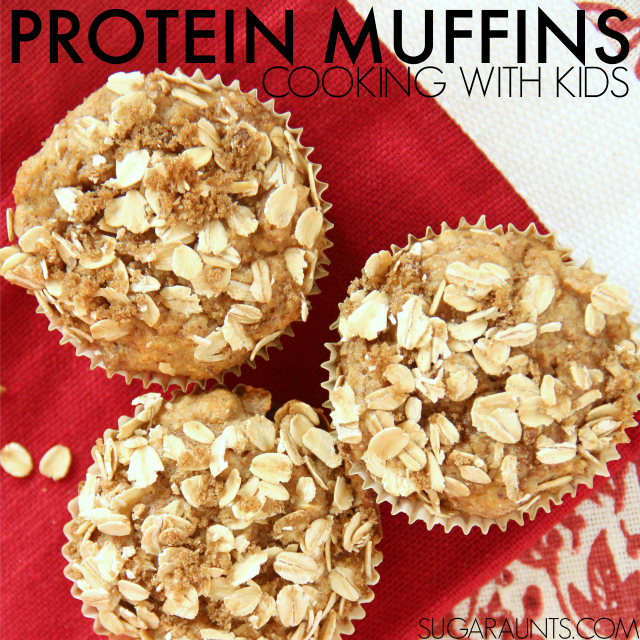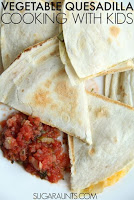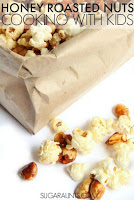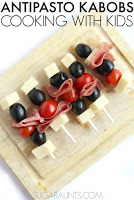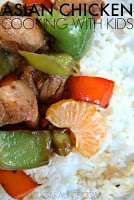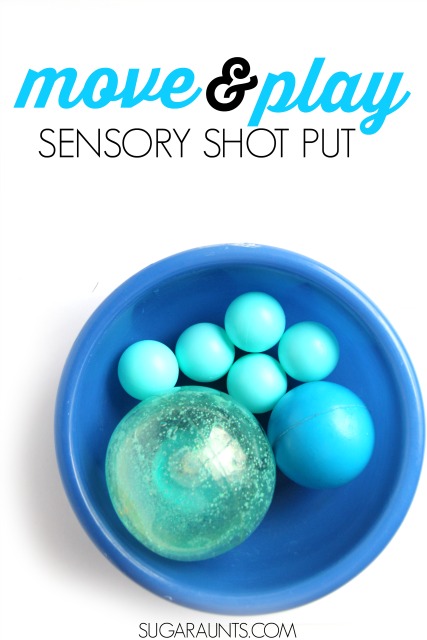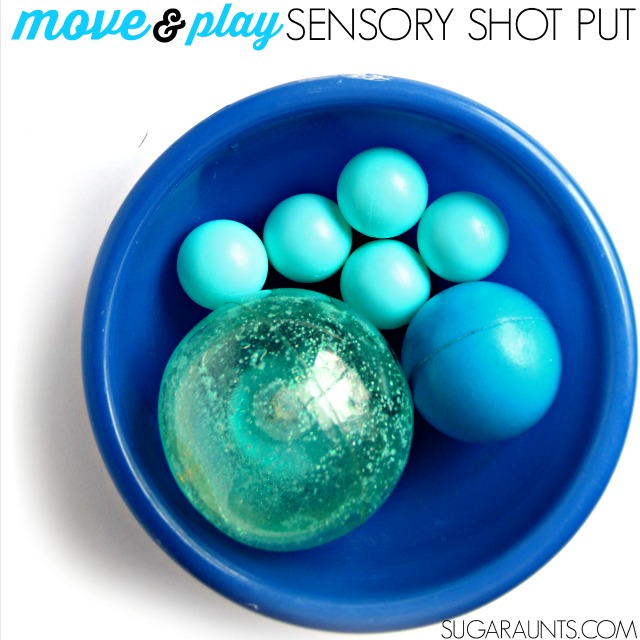This candy play dough recipe is a fun homemade play dough to use in fine motor activities, and we love to use this recipe to freeze the play dough for more resistance in manipulating the homemade dough. While we love this particular candy play dough, you can use any dough recipe in the freezer to add more resistance for hand strengthening.
Candy Play Dough
If you’ve been following for a while, you know we make a ton of sensory play dough. We’re back for another year of sensory play dough recipes, and by looking at the list (you’ll find all of the upcoming play dough recipes for 2016 at the bottom of this post!), it’s going to be a fun year of tactile sensory play.
This month’s challenge was frozen dough. I’m not talking about the movie that’s been everywhere for years now…I’m talking about put-it-in-the-freezer-until-it’s-frozen-solid dough.
We decided to take a fun spin on the theme and make frozen Pixy Stix dough. We had a bunch of pixy stix candies in the house from who-knows-when. So, instead of tossing them, we first made Pixy Stix frozen dough…a fun candy play dough!
Candy Play Dough
This post contains affiliate links.
To make Pixy Stix dough, you’ll need a few ingredients:
1 cup flour
1/2 cup salt
1 teaspoon oil for each color
1/2 cup water for each color.
How to make candy play dough:
- To make the dough, I first combined all of the dry ingredients into a bowl. I then separated it into four bowls because I wanted to make four different colors of dough.
2. In each bowl, pour in one color of the candy. This was a job that my four year old loved. She carefully snipped each paper tube and made sure not a particle of sugar escaped the bowls.
3. In a sauce pan, combine one teaspoon of oil and 1/2 cup of flour.
4. Then, stir in the dry ingredients.
5. Stir until the dough forms a ball.
6. Place it on a cutting board and once it is cool enough to touch, knead it for a few minutes.
We found that some of the colors were stickier than others. If your dough seems sticky, knead in a bit of flour.
We played with our Pixy Stick play dough for a while at this point. The scent from the candy is really strong and it’s a fun, soft dough to play with.
My oldest daughter didn’t want to stop playing with the Pixy Stix dough.
dough.
In fact, she played with it while doing her homework. There’s nothing wrong with a little scented dough DIY fidget toy play during homework!
Frozen play dough can be made with any play dough recipe.
Frozen Play Dough
After a while, we moved on to the frozen part of our frozen play dough.
I pulled out a (Amazon affiliate link) water bottle ice cube tray and we filled up the sections with pieces of dough. My four year old popped the tray into the freezer.
and we filled up the sections with pieces of dough. My four year old popped the tray into the freezer.
Side note: Carrying the tray to the freezer was SUCH a big deal for my little girl. I wish I had a picture of the giant smile on her face as she carried that tray. She was a BIG girl doing an important job of freezing our play dough. It was perfect to see her light up like that!
Later in the day, we pulled out the tray of frozen dough. It was not completely solid (due to the salt in the recipe), but it was very firm and nice and cold.
It was such a neat tactile experience to play with the frozen play dough. Honestly, I can’t believe I hadn’t thought of it before: freeze play dough for a proprioception work activity for the hands!
OTs: Make frozen play dough for your clients. It is a great way to work on strengthening with more resistance than typical play dough.
A proprioception activity like manipulating the frozen dough “wakes up” and provides feedback to the hands.
Try working with frozen play dough as a warm up exercise to handwriting.
I hope you try this play dough recipe! It is one we’ll be making again. Let me know if you make pixy stix play dough or freeze your own version. I would love to hear about it!
